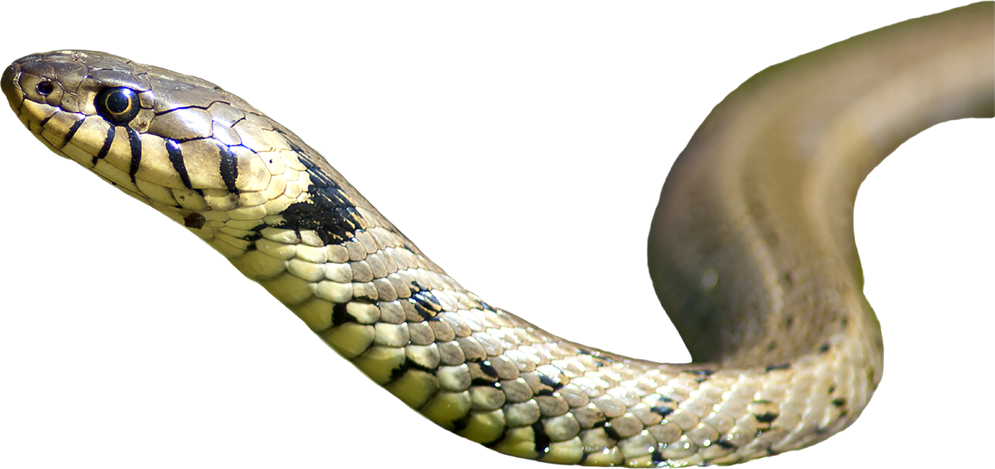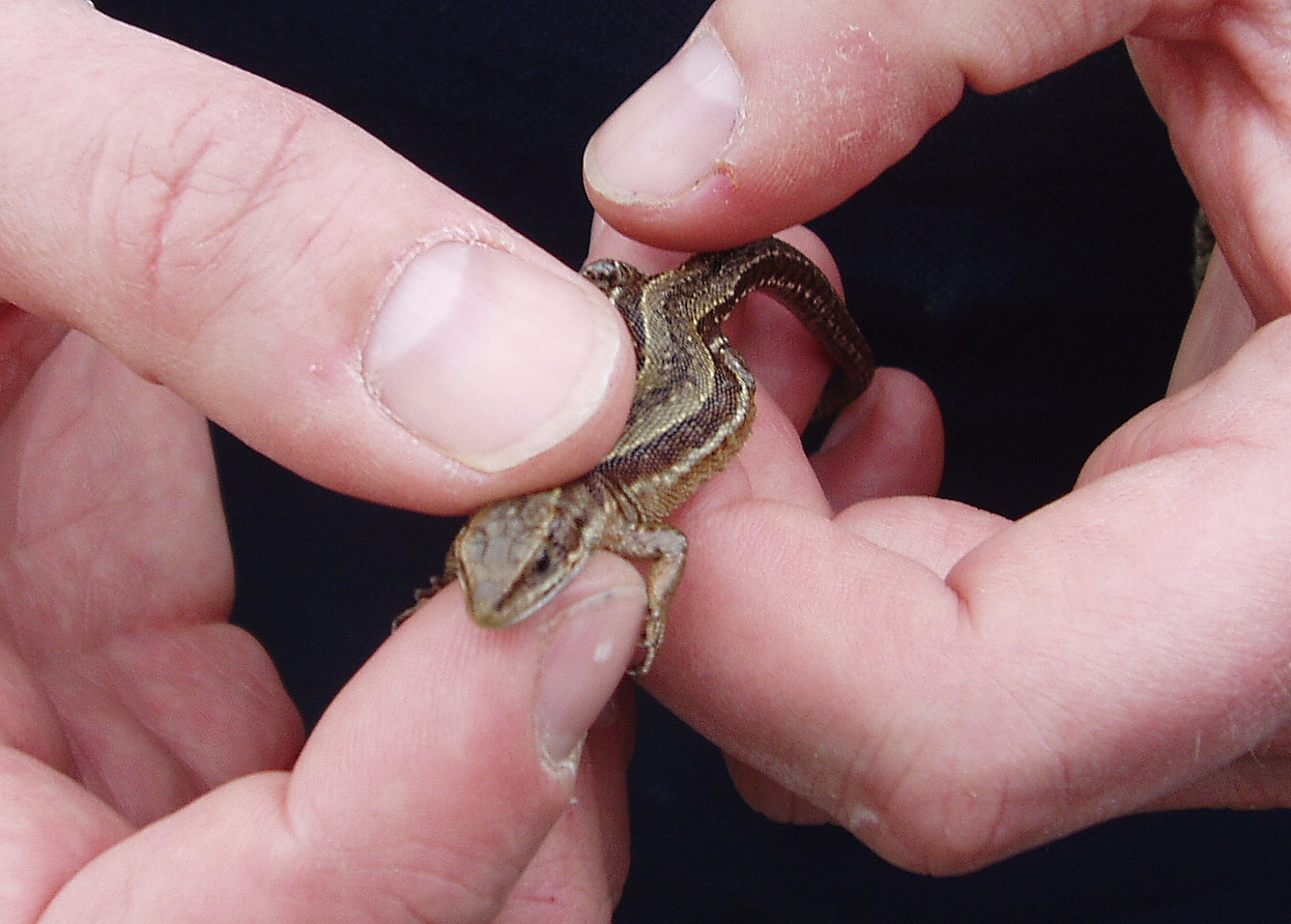Approach
The range of impacts to these species would vary depending on the site layout as well as exact methods and timings of construction. We advised our client that potential impacts to reptiles and great crested newts could be more difficult to overcome because of the extent of suitable habitat on site. An early understanding of whether the species were present, and in what numbers, would enable development designs to respond accordingly, and improve the chances of the proposal gaining support.
Surveys for these species were carried out in spring 2013 using the following methods:
- All ponds within 500m of the site were surveyed for great crested newts using bottle trapping, torch light survey and egg searches of vegetation
- All suitable grassland and edge habitats were surveyed for the presence or likely absence of reptiles over seven visits using targeted transects and artificial & pre-existing refuges
Outcome
No great crested newts (GCN) were recorded in any of the surveyed ponds, although two of the ponds contained low numbers of smooth newts. The risk of harm to GCN would thus be negligible and works could progress without the need for a European Protected Species mitigation licence. It was recommended that the ponds should be retained and recommendations were given on how they could be improved for great crested newts and other amphibians.
The reptile survey found that three species were using the site; common lizard, slow worm and grass snake. Due to the amount of habitat being lost and the potential for harm to reptiles during construction, it was recommended that a translocation be undertaken. This would involve trapping reptiles and moving them to an area of suitable habitat outside the site, creating new areas of habitat and enhancing the quality of existing habitats for reptiles.
If you’re thinking of submitting an application for a site in your portfolio, and want to know the site’s ecological value or the implications for development, please contact us now.



